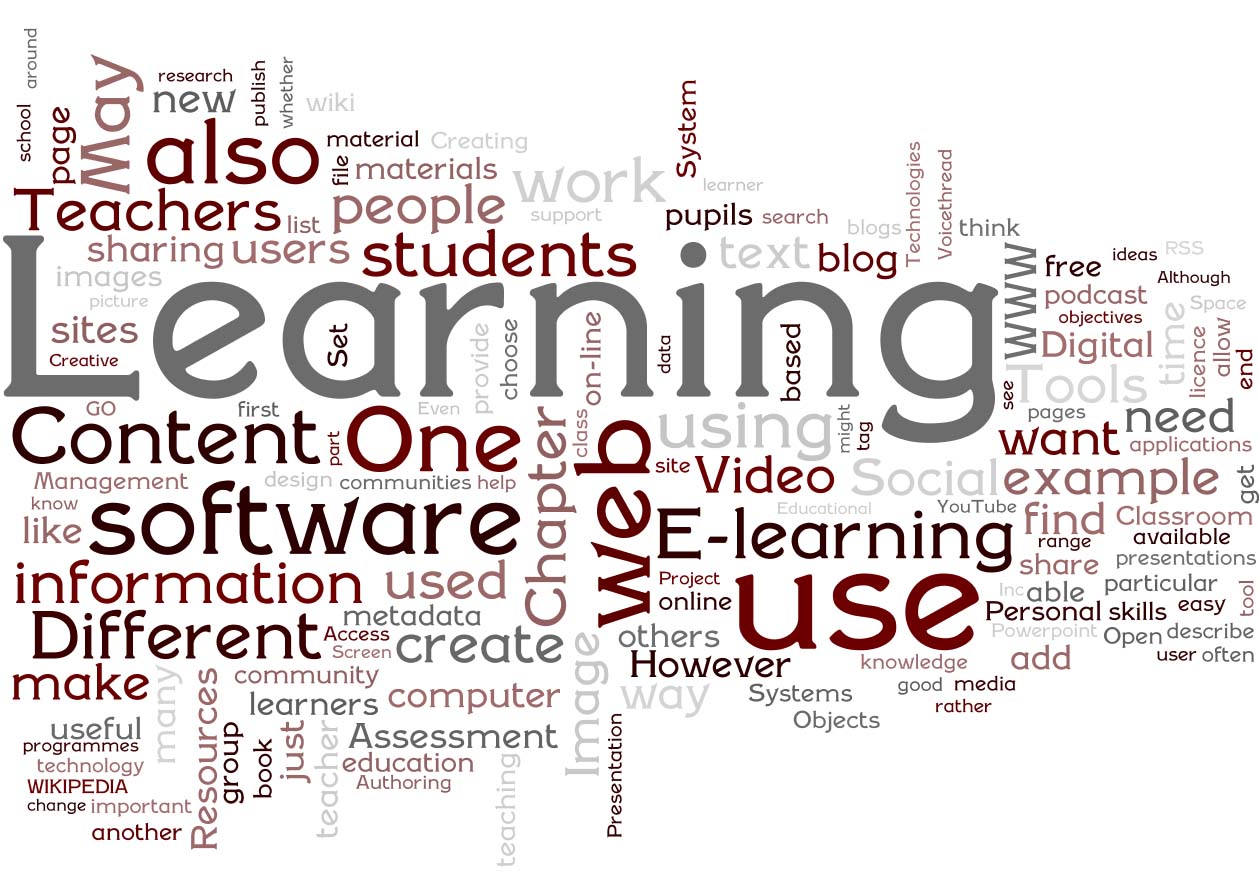Last Wednesday I was honoured to speak (via skype) at the launch of the New Media School in Bucharest. The launch took place in the Modern Art Museum who are a partner in the project. The New Media School is a fascinating initiative by the students union to promote social and collaborative learning. For me the most encouraging thing is how they plan to use social media for teaching and learning. Anyway, whilst we were waiting for the start of the meeting, I made a short interview with Gabi Solomon and Vlas Atansui who have been two of the prime movers behind the project. Congratulations to them and everyone else associated with this project. Below is a text Gabi sent me about the project.
New Media School
What?
The New Media School project is an initiative to support a community of practice of young students, responsible with communication in their organizations. The members of the community will be chosen for their interest and passion for web 2.0 and communication, and for the willingness to develop their skills in this regard. Their learning experiences, as far as the project is concerned, start with the real-life challenges they encounter while trying to develop communication and dialogue within and outside the organization, and ends with the changes they manage to implement while interacting with the New Media School community. Along the way, the project will facilitate a learning environment both on-line and offline, making use of a variety of tools like: wikis, a google group, googledocs, a social platform, twitter.
The project aims to empower 30 students who study in Bucharest to create multimedia content about their projects and their organizations and to promote it using new media tools in experimental/inovative ways. Our assumption is that today’s literacy goes beyond being able to read and write. Nowadays it’s all about being able to effectively communicate your ideas by crafting powerful messages using text, sound, music, image and graphics and then promoting your message using web2.0 platforms. We are also interested in better engaging students in the conversation about education by helping them to deliver high impact messages about the way they are learning and the learning opportunities that they value.
How?
For the next month we planned three meetings:
• the launching meeting (where we will have a discussion about the project and a “get-to-know” session for the members)
• a Web 2.0 workshop (where we will explain the tools we want to use and what you can achieve by using them)
• a video workshop (where we will have an expert on social campaigns talking about the concept of a video, how you film, how you cut a short movie)
Working in small teams over the course of the project, the participants will develop the skills needed for shooting, editing and publishing video clips related to their projects, their organization, education, non-formal and informal learning. In addition to the hands-on approach the participants will explore, together with trainers and guests (bloggers, communication experts, video editors and directors) new practical ways of delivering their mesages to other young people and to the world. They will be encouraged to link up with other educational initiatives – which include anything, from campaigns, conferences, trainings, other youth projects etc. – and use their new media skills to promote these types of non-formal education. The content produced will be also published on the project website and promoted on-line through the use of social media and established on-line publications.
The project is both a learning experiment in the innovative use of digital technologies as a form of self-expression, as well as a contribution to the creation of a free online resource of content generated by the learners themselves.
Which methods we plan to use?
Sharing Meetings
We believe that the motivation for learning comes firstly from our real needs and desires. During these meetings, the members will share their experiences and the challenges they’ve met in the organizations, looking up new ways of solving them and integrating their individual experiences in a broader context.
Training
The community will also grow with the help of experts who have a lot of knowledge about this domain and are willing to share it with us. We will invite trainers to facilitate the process of learning and by doing this we will add value to the process of sharing and collaborative learning.
Collaborative workshops
Sometimes we can learn something only by doing. The workshops we plan are learning events, where we learn by experimenting together communication techniques, where we develop challenges and we obtain unexpected results.
Social experiences
We learn best from and with our friends. We will include in the New Media School experience Time for knowing each other, for relaxing and having fun together. We like watching movies, seeing a theater play, cooking together or playing sports.
Access to mentoring and coaching experiences
Each and everyone of us enjoys meeting special persons, who are able to inspire and guide us, who help us find our own path and answer our questions. We invite those people to join our community and help us in the process of learning.
Learning log
Learning is something that we experience all the time, not only in the classroom or in training workshops. Sometimes we have no time to process the lessons learned from our experiences and that leaves room for forgetting. We will encourage the use of a learning log or of an individual portfolio for all our members. For example, they can use a blog where they would write about their experiences, they would reflect upon them, so they would enhance the learning process and they will have the record of their achievements
Blended learning
Usually, the answers that we find during our meetings spark new other questions. Because of that we will keep these ideas and questions alive after the meetings, on an online platform made of many social and collaborative tools.


